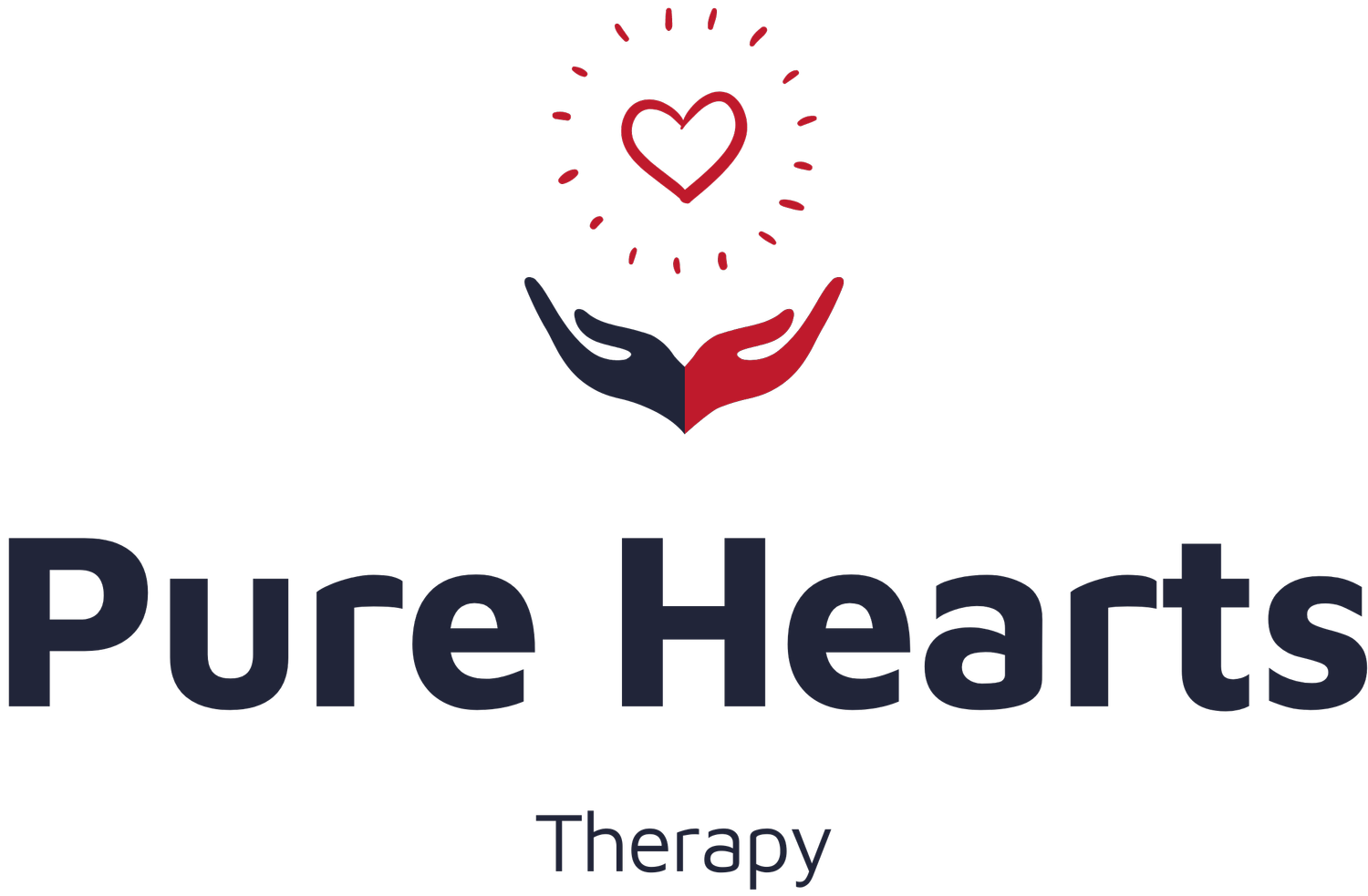Sensory-Friendly Fourth of July: Helping Kids with Autism Enjoy the Fireworks
Know Your Child’s Triggers
Independence Day events (fireworks, parades, BBQs) are full of sensory challenges:
Bright flashes
Loud booms
Unfamiliar smells (smoke, grills)
Crowds
Disruptions to routine (late bedtime)
The first step is identifying which of these are most difficult for your child. Ask:
Is it the noise?
The unpredictability of fireworks?
The feel of a scratchy patriotic shirt?
List potential stressors so you can plan around them. It’s perfectly normal if your child finds July 4th tough — many families navigate this successfully by planning ahead.
Plan a Sensory-Friendly Viewing
🔹 Watch from a Distance
Choose a location where fireworks are visible but not loud — a hilltop, parking lot, or even from inside your car:
Seatbelt = security
Car AC or music can mask booms
Easy to leave quickly if needed
🔹 At-Home “Fireworks”
Skip the big show for a quieter celebration:
Silent fireworks videos on YouTube
Confetti poppers, glow sticks, LED balloons in the yard
Daytime sensory fun: bubbles, stomp rockets, etc.
🔹 Noise Control
Use noise-cancelling headphones or earplugs
Practice wearing them beforehand (vacuum time works!)
Let your child decorate the headphones with stickers
Bring a backup pair
Create a Comfort Kit
Pack a small backpack of sensory supports:
✅ Favorite snacks (familiar and regulating)
✅ Fidget or stress ball
✅ Flashlight or LED pendant (for control in the dark)
✅ Weighted lap pad or plush
✅ Tablet/music player with headphones
✅ Visual schedule card (e.g., “Drive → Picnic → Fireworks → Home”)
Preview and Practice
Help your child know what to expect:
Use social stories to explain the sights and sounds
Watch videos or read books about fireworks
Try a mini practice run:
Pop a balloon together
Visit a fireworks stand to see packaging or small demos
Consider Sensory-Friendly Events
Check local listings or autism support groups for:
Sensory-friendly parades with quiet zones
Drive-in fireworks
Neighborhood bike parades or small morning events
💡 It’s okay to skip certain activities. A simple barbecue and sparkler night at home can be just as meaningful.
Daytime Prep for Nighttime Success
Stick to nap/rest if they usually need one
Include calming physical activity (swimming, bouncing, etc.)
Feed a solid dinner before heading out
Arrive early to avoid crowds and give time to acclimate
Find a quiet area on-site (near an exit or away from speakers)
Have an Exit Strategy & Aftercare
Park facing outward for a quick exit
Sit toward the back of crowds
Let your child know: “If it’s too much, we can go anytime.”
After the show, wait 10 mins to avoid chaotic exits
Have noise protection ready for traffic sounds
Wind-Down Routine:
Even if late, return to normal:
Warm bath (lavender if preferred)
Favorite bedtime story
Familiar signals of safety help regulate the nervous system
Celebrate in Their Way
Not every child will cheer at fireworks – and that’s okay.
Some enjoy from inside the house
Some might love the lights but not the noise
Others prefer alternative traditions:
Backyard campfire
Glow stick dance party
Marshmallow roasting
🌟 The goal is joy, not tradition. Talk about freedom in a way they understand — the freedom to celebrate how they feel safe and happy.
✨ Freedom from Meltdowns = A Celebration Worth Having ✨
By planning ahead and staying attuned to your child’s sensory needs, your family can enjoy a Fourth of July that feels safe, joyful, and memorable.
Stay Connected
Looking for more support and practical tips for parenting a child with autism?
📞 Book your free 15-minute consultation to get personalized guidance.
📚 Read more on our blog for helpful articles, sensory-friendly ideas, and real-world strategies.
🎧 Listen to our podcast for expert insights and tips from guest speakers
Follow us on social media for regular updates and resources:
We’re here to support you — one step at a time.
